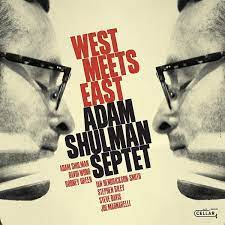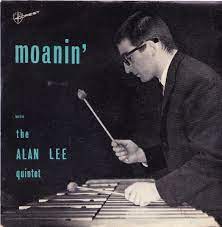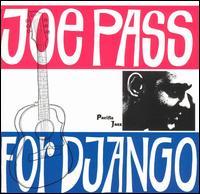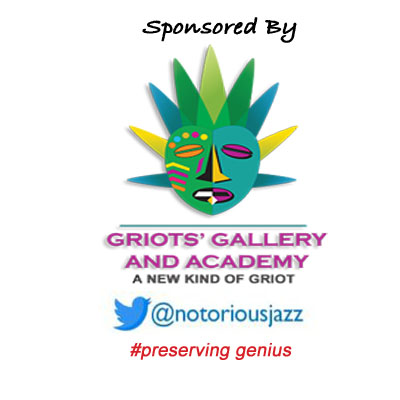
Daily Dose Of Jazz…
Adam Shulman was born on August 1, 1979 in San Francisco, California. Taking what he learned studying piano during his formative years, he headed to Santa Cruz he matriculated through the University of California with a degree in classical performance. While at UCSC he studied jazz piano with Smith Dobson.
Returning home he became a staple on the city’s jazz scene, leaning towards and playing in the bop genre. Adam has been seen working with countless bay area musicians and vocalists such as Marcus Shelby, Anton Schwartz, Ed Reed and Kellye Gray among many others. Beyond the locals he has played and/or recorded with Stefon Harrism Willie Jones III, Dayna Stephens, Mark Murphy, Alan Harris, Luciana Souza, Sean Jones, Grant Stewart and John Clayton to name a few.
A consummate sideman, Adam is a composer and arranger. He has done much of the arranging for the jazz and cabaret singer Paula West and has released four albums of original music as a leader and continues to perform, arrange and compose.
More Posts: arranger,bandleader,composer,history,instrumental,jazz,music,piano

Daily Dose Of Jazz…
Alan Lee was born on July 29, 1936 in Melbourne, Australia. He was one of the first Australian jazz musicians to fuse classical music with jazz and to utilize Latin American rhythms in his music.
He led several jazz bands in Melbourne and Sydney from the late 1950s through the 1980s. Some of his recorded albums include his Seventies’ projects Gallery Concerts, The Alan Lee Jazz Quartet, Moomba Jazz ’76, Live from the Dallas Brooks Hall, and Alan Lee and Friends: Jazz at the Hyde Park Hotel in 1990, among others.
Bandleader, vibraphonist, guitarist, and percussionist Alan Lee at 86 continues to dabble in music.
More Posts: bandleader,guitar,history,instrumental,jazz,music,percussion,vibraphone

Daily Dose Of Jazz…
James David Hughart was born July 28, 1936 in Minneapolis, Minnesota to Fritz and Annette Hughart, the father being bassist with the Minneapolis Symphony and San Diego Symphony. He began studying the bass as a child.
Starting his music career working as a musician in 1953, four years later he received a B.A, degree in Music Composition & Theory, Bass from the University of Minnesota. Following graduation, Hughart was drafted into the Army and for two years, traveled throughout Europe performing with the Seventh Army Symphony Orchestra. After his discharge he joined Ella Fitzgerald’s touring band following a recommendation from Ray Brown. During his three years with Fitzgerald, he started his extensive recording career.
A move to Los Angeles, California in 1964 put him imposition to become a very active session musician. He studied electric bass under the veteran session musician Carol Kaye.
He performed as a regular sideman for guitarist Joe Pass and singer Tom Waits. He has participated in over 200 record albums, 300 motion picture scores, and many television shows. Jim has recorded with many artists including Frank Sinatra, Peggy Lee, Frank Rosolino, Paul Smith, Barney Kessel, Milt Jackson and Natalie Cole, as well as Diana Ross, Joni Mitchell, Joan Baez, and Barry Manilow,
Double bassist Jim Hughart continues to work locally and resides in Los Angeles.
More Posts: bass,history,instrumental,jazz,music

Daily Dose Of Jazz…
Einar “Pastor’n” Iversen was born July 27, 1930 in Mandal, Vest-Agder, Norway to a pastor. Raised in Oslo, Norway where he studied classical piano under Inge Rolf Ringnes, Artur Schnabel and Finn Mortensen. He quickly established himself on the Oslo jazz scene in 1949. He released his debut album with Rowland Greenberg’s Orchestra in 1953 and became one of the most respected Norwegian jazz musicians, and ws awarded Buddyprisen at 28 years old.
He played with Dizzy Gillespie at Birdland in 1952, on the America Boat with Anthony Ortega and the Modern Jazz Quartet. He was a regular pianist at Metropol Jazz Club, where he played with Dexter Gordon, Coleman Hawkins, Johnny Griffin, Svend Asmussen and Stuff Smith, among other visiting musicians. He recorded an album with his own trio, Me and My Piano, in 1967.
Beyond busy session work Einar led his own “E. I. Trio” with bassit Tor Hauge and drummer Jon Christensen. They released Norways first jazz trio recording in 1967, Me And My Piano, containing Jazz standards. The trio would go on to release on Gemini Records Jazz På Norsk, Who Can I Turn To, Portrait Of A Norwegian Jazz Artist – Einar Iversen, and on Hazel Records, Seaview.
Pianist and composer Einar Iversen, who through more than sixty years played with everyone in Norwegian jazz, transitioned on April 3, 2019, at the age of 88.
More Posts: bandleader,history,instrumental,jazz,music,piano

Daily Dose Of Jazz…
Bobby Previte was born July 16, 1951 in Niagara Falls, New York. He started playing early but went on to earn a degree in economics from the University at Buffalo, New York where he also studied percussion.
Moving to New York City in 1979 he began professional relationships with John Zorn, Wayne Horvitz, and Elliott Sharp. While Previte is a talented drummer he has also received critical acclaim for his exceptional abilities as a composer and orchestrator. His compositions are often tightly arranged, although they leave room for significant amounts of improvisation. Additionally, Previte often uses unusual instrumentation and also draws on many non-jazz musics for his compositions.
As a performer much of his work is also improvisational. He has recorded three dozen albums as a leader or co-leader and as a sideman played on 85 recording sessions across numerous genres of music. Drummer, composer and orchestrator Bobby Previte, who has delved into the jazz, avant~garde and rock genres as a leader, continues to expand his career.
More Posts: bandleader,composer,drums,history,instrumental,jazz,music,orchestrator



